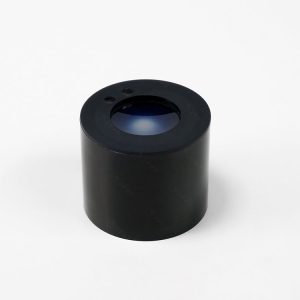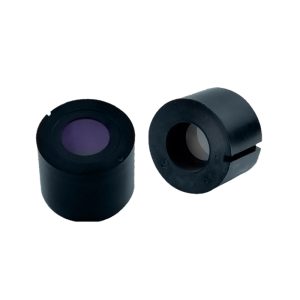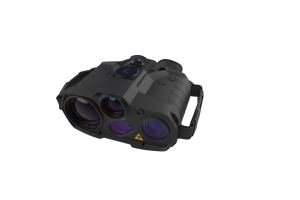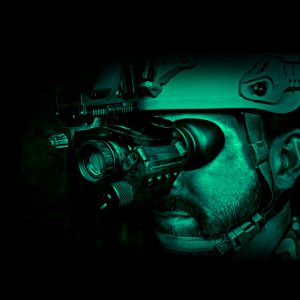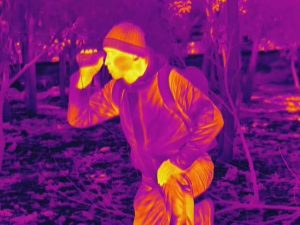Fusion night vision is a cutting-edge technology being developed to generate high-quality fused images by processing images obtained from multiple night vision sensors operating in different wavelength bands that have higher resolution and can reveal hard-to-see features. In terms of wavelengths, the bands used for fusion include: visible (shimmer), visible/near infrared, short-wave infrared, mid-wave infrared and long-wave infrared.
The most common fusion night vision technology today is the fusion of visible and infrared bands, which is a combination of the two main current night vision technologies – micro-optical night vision and infrared night vision – and is based on a new generation of night vision devices. Fusion night vision technology will be able to be mounted on helmets and infantry weapons, will be able to help infantry and small combat troops in the day, dark, smoke, dust and other harsh environments to detect, identify and distinguish between battlefield threats, and can share battlefield information through wireless networks, enhancing tactical, technical and process advantages. Combatants will also be able to “find and fire before the enemy does,” thereby improving their overall operational capability and survivability.
The future direction of fused night vision technology is digital fusion night vision, which is the adaptive fusion of multi-band imagery through cash data processing hardware and software/algorithms to enable fast and accurate battlefield awareness, potential threat detection and identification, and tactical targeting and firing, making it better suited to a variety of operational environments and missions.


